Tours Information
Tian’anmen Plaza in Beijing
Tian’anmen plaza, situated in Beijing downtown, on the south of the Forbidden City, to the opposite of Monument to the People’s Heroes, Chairman Mao Zedong Memorial Hall, the Great Hall of the People, National Museum of China with Chang’an street, covering 4800 square meters, becomes well-known for its outstanding architecture art and unique political position.
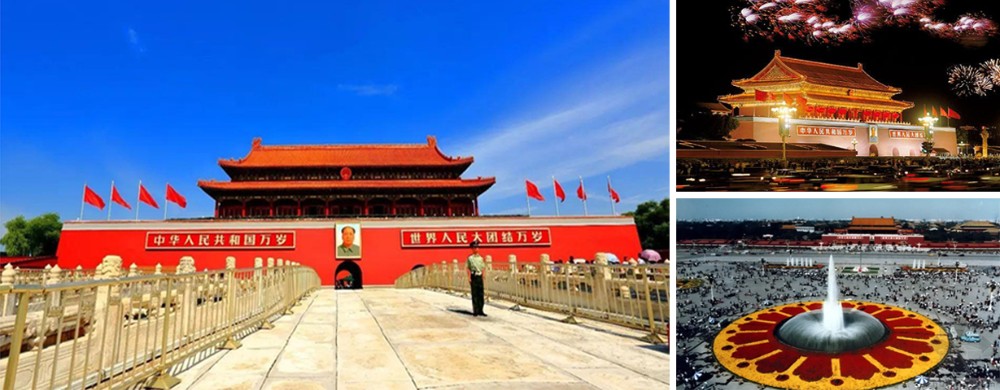
The Palace Museum
The Palace Museum, the imperial palace, also known as Forbidden City, praised as AAAAA-level tourist site, ranking first of the world’s five Palaces, listed in the world heritage site. Built in October 10, 1925, the Palace Museum developed to China’s compulsory museum based on the imperial palaces of Ming and Qing dynasty and the antiques collected, and the museum is a large-scale ancient culture and art museum.
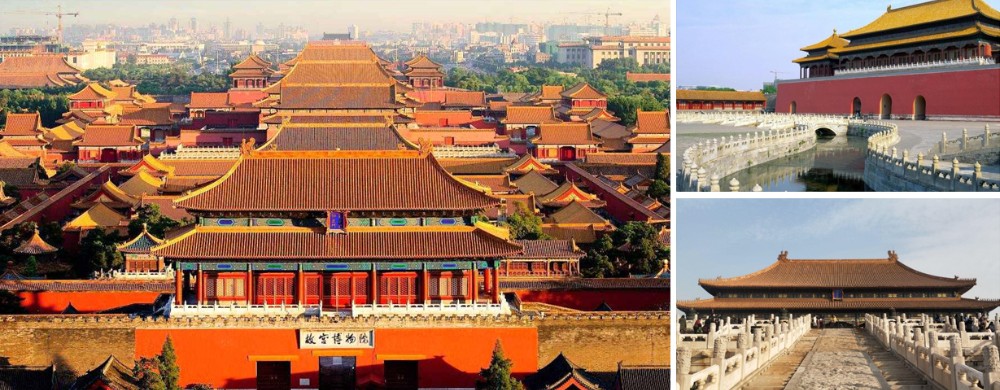
Beijing Olympic Park
Situated in Chaoyang District, Beijing Olympic Park, a new urban area with multi-functions including business, hotels, culture, sports, conference and residence, reflects “Science, Green and humanities”.
National Stadium, also named as Bird’s Nest, is one of the symbolic architectures in Beijing Olympic Games. Located in the south of Beijing Olympic Park, east of Beijing central axis (the symmetry axis of the symmetrical layout of the Beijing city), National Stadium is the main stadium of 29th Olympic Games in 2008.
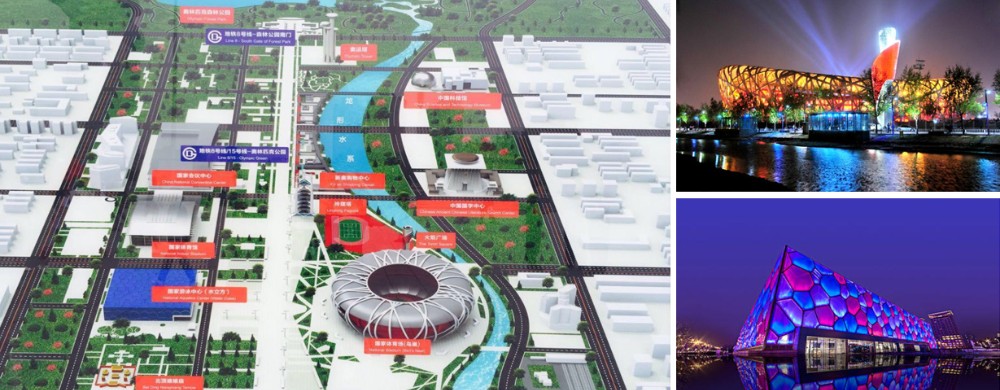
Yuanmingyuan Park
Yuanmingyuan Park, a royal palatial garden built in Qing dynasty, located in Haidian District,Beijing, covering 3.5 square kilometers, is composed of Yuanmingyuan, Changchunyuan and Wanchunyuan. With the floor area of 350 hectares and building area of almost 200,000 square meters, Yuanmingyuan enjoys worldwide reputation for its grand land scale, outstanding construction skills, elegant architectural landscape, rich cultural collections as well as extensive and profound national culture implication, and is renowned as the “Garden of Gardens”. The emperors in Qing dynasty went to here to spend summer,therefore, it is also named “ Old Summer Palace”. In October 6, 1860, the Anglo-French forces sacked and looted Yuanmingyuan and burned it to the ground. Emperor Tongzhi was willing to recover it, but because of financial problems, it’s suspended. Moreover, Eight-Nation Alliance sacked again, and finally the Park was all in ruins.

The Summer Palace
Known as the royal garden museum, national key cultural relics protection unit, world heritage, and a world-famous tourist attraction, the Summer Palace, originally named Qingyi Yuan is located in the western suburbs of Beijing, 15 kilometers away from the urban area, covering an area of about 290 hectares, which is adjacent to the Old Summer Palace. It is a large-scale landscape garden built based on Kunming Lake, Longevity Hill and Hangzhou West Lake and absorbs the design of gardens on the Yangtze Delta.
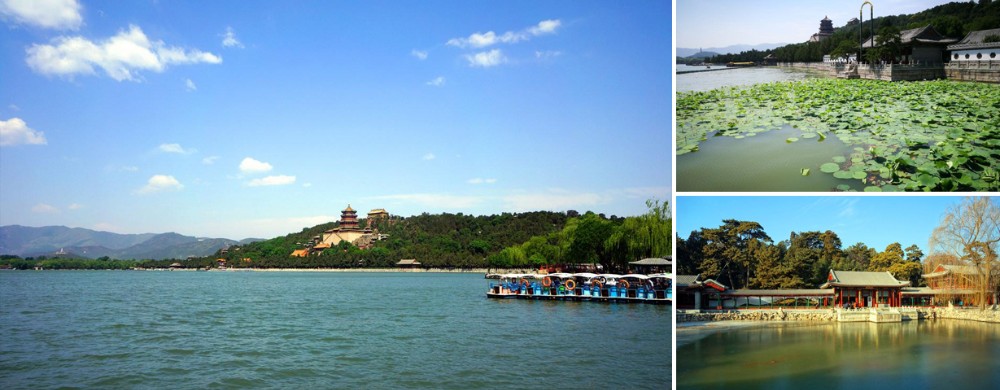
Badaling Great Wall
The Badaling Great Wall is located in the southwest of Yanqing County, Beijing, about 75 kilometers away from the urban area. The Badaling Great Wall is steep, 805 meters above sea level, and two characters "natural barrier" is engraved on the cliff. The Badaling Pass, built on the ridge, is the outer gateway and defense outpost of Juyong Pass. The city was built in the early Ming dynasty and rebuilt with masonry in the eighteenth year of Hongzhi’s reign (1505).
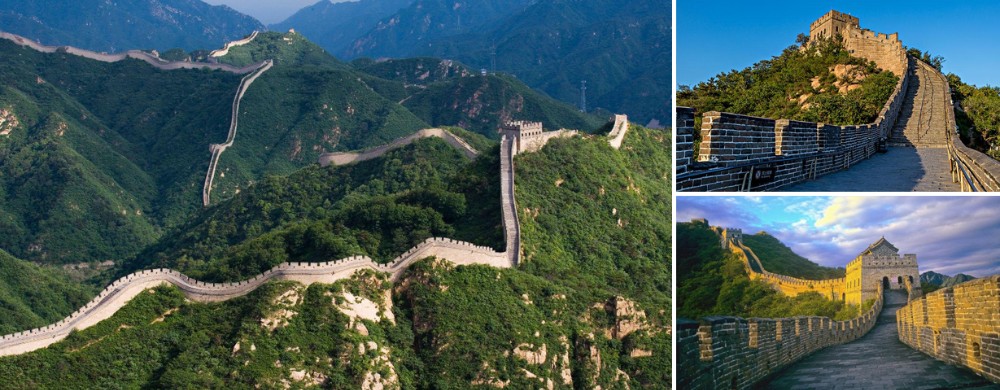
Peking Man Site at Zhoukoudian
Located in Longgu Mountain, Zhoukoudian Town, Fangshan District, Beijing, Peking Man Site at Zhoukoudian, an important site of the Paleolithic Age in China, is about 50 kilometers away from urban area in Beijing. The Zhoukoudian site has discovered 27 locations of various fossils and cultural relics from different periods, unearthed more than 200 human fossils, about 100,000 stone tools, and a large number of fire-use relics and hundreds of animal fossils. Therefore, it is a treasure house of human fossils and a multidisciplinary comprehensive research of Paleoanthropology, archaeology, paleontology, stratigraphy, chronology, environmental science and karstology. On March 4, 1961, the Zhoukoudian site was announced as the first batch of national key cultural relics protection units, and was listed in the "World Cultural Heritage List" in 1987.
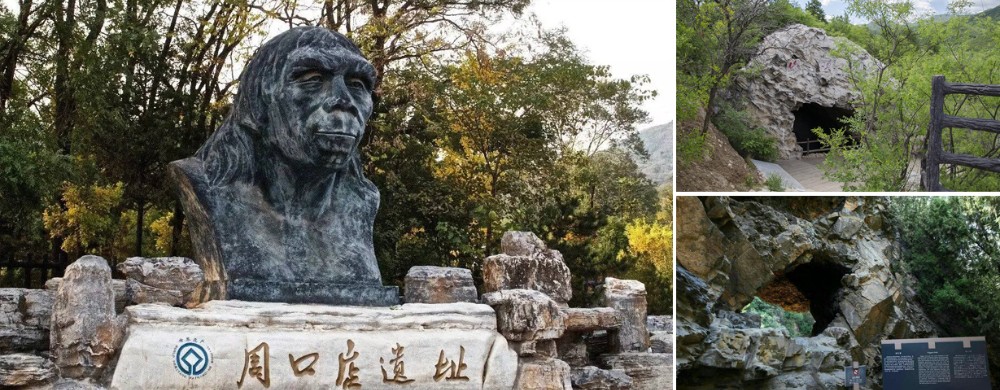
Temple of Heaven
The Temple of Heaven,the largest surviving ancient ritual building in China, occupied an area of 2.73 square kilometers, about 1,700 meters long from east to west, and about 1,600 meters wide from north to south, is located at the east of the Neidajie Road, Yongdingmen, where the emperors of the Ming and Qing dynasties worshiped the good harvest. The Temple of Heaven was listed in the "World Heritage List" in 1998. Divided into the inner altar and the outer altar, Temple of Heaven features a style that one square encircled by another bigger one, separated by two altar walls.
The plane of the inner altar is square in the north and round in the south, symbolizing the "Heaven and Earth". The semicircle and half square surrounding the altar is commonly known as the "wall of heaven and earth".
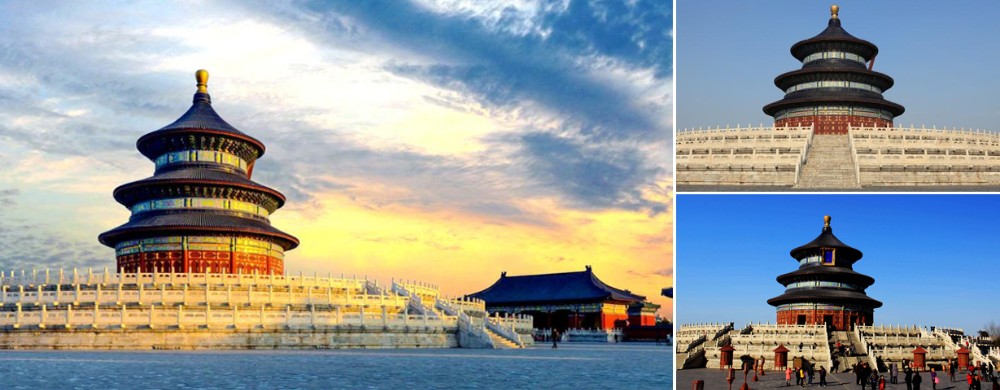
The Ming Tombs
Located at the foot of Tianshou Mountain in Changping District,Beijing,The Ming Tombs are a collection of mausoleums built by the emperors of the Ming dynasty of China.With a total area of about 40 square kilometers,surrounded by mountains on three sides with a flat horseshoe-shaped basin in the middle, the Ming Tombs includes Chang Lin, tombs of the Yongle Emperor,Si Ling, tomb of the Chongzhen Emperor, Jing Ling, Yong Ling, De Ling, Xian Ling, Qing Ling, Yu Ling, Yu Ling, Mao Ling, Tai Ling, Ding Ling, Zhao Ling. Each tomb has a sacred way, which is opposite to Chang Ling, 7 kilometers long. There is a white marble memorial archway at the south end, with 6 pillars and 11 floors and the stone pillar carving of gods, beasts, lions and dragons, is the largest ancient stone archway(fang) in China. Furthermore, the north of the archway is the great red gate, stele tower, dragon and phoenix and shen road.

Fragrant Hills Park
Fragrant Hill Park is one of the most famous royal gardens in China, located in Xishan of Beijing. The mountain peaks to the west and north block the cold wind so that this garden is suited to the growth of plants. Dating back to Jin Dynasty, Xiangshan Temple was built here. During the Qianlong’s reign of Qing Dynasty (1745), the temple was extensively expanded and renamed Jingyi Garden.
As one of the well-known "Three Hills and Five Gardens" in Beijing, there are many historical sites in Fragrant Hills Park and Jingyi Garden. In addition, seasons vary in scenery, and the most praised one is maple leaves of Fragrant Hill. In the fall season, the fragrant hills are full of maple leaves and tinged with red.
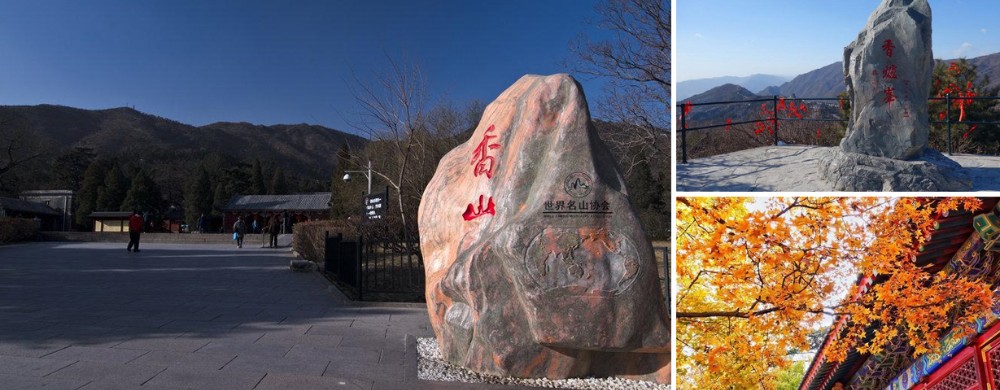
Marco Polo Bridge
With a history of more than 800 years, Marco Polo Bridge, which is 266.5 meters long, is located in Fengtai District outside the Guang'anmen and spans the Yongding River. "Lugou Xiaoyue" is one of the Eight Great Sights of Yanjing. The bridge has 11 arches in total, and the walls of it is made of huge white marble, reflecting the distinctive architecture and design. What’s more, the bridge railings are made up of 281 pillars with a height of nearly 1.5 meters connected to the side rails. And the top of each pillars is engraved with a large lion attached with small lions of different images, which are a total of 485 large and small lions. On July 7, 1937, the Japanese invaders launched the Marco Polo Bridge Incident. These stone lions turned from pure art works into historical witnesses of the beginning of the war of aggression against China.
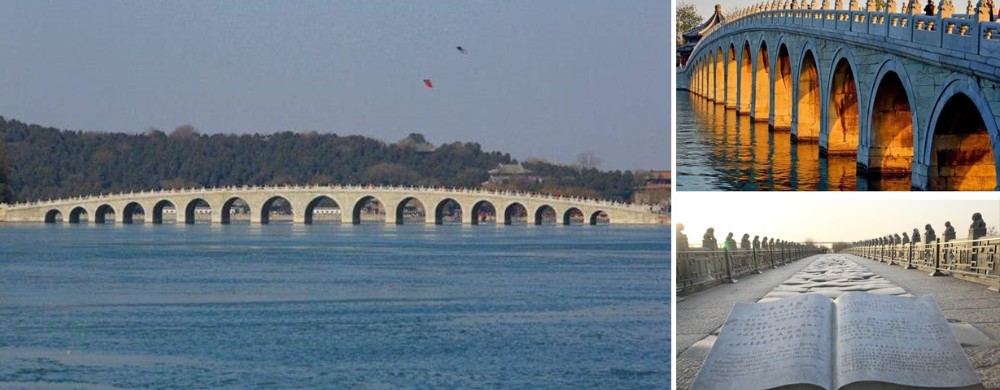
Important Dates
November 1, 2021
November 10, 2021 - April 1, 2022
December 1, 2021 - May 1, 2022
April 1-7, 2022
August 22-26, 2022

 京公网安备 11010802039275号
京公网安备 11010802039275号